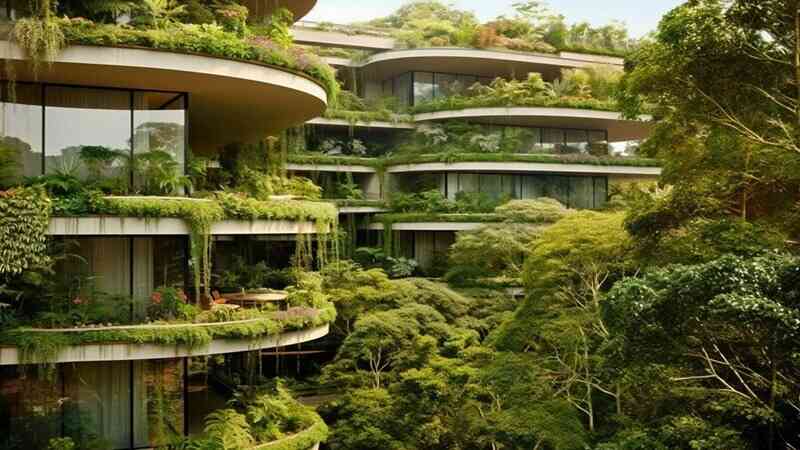Key Takeaways
- Sustainable home features benefit the environment and reduce living costs.
- Energy-efficient appliances and solar panels are top choices for sustainable living.
- Water conservation measures can significantly lower utility bills and environmental impact.
- Eco-friendly landscaping enhances curb appeal and supports local ecosystems.
Introduction to Sustainable Home Features
Status symbols and flashy gadgets are no longer the hallmarks of modern homeownership. Today’s homeowners prioritize sustainability, driven by a growing awareness of environmental issues and the benefits of reducing their carbon footprint. As climate change accelerates and utility costs rise, incorporating eco-friendly features into residences becomes not just innovative but essential. For instance, those exploring Burlingame homes for sale will find that properties showcasing sustainable living ideas are highly sought after. Sustainable homes don’t just benefit the planet, Role of Sustainable as they also offer tangible benefits like reduced utility bills, healthier living conditions, and higher property values. From energy-efficient appliances to water conservation, sustainable homes are the way forward.
The Benefits of Energy-Efficient Appliances
One of the most immediate changes homeowners can make is switching to energy-efficient appliances. These appliances are designed to use less electricity without compromising performance, making them an excellent investment. They often come with government or utility company rebates, the Role of Sustainable making the upgrade even more attractive. Over time, the energy savings from these appliances can offset the initial higher purchase price. For example, an energy-efficient refrigerator uses up to 20% less energy than traditional models, saving homeowners on their electricity bills. Moreover, by reducing energy consumption, these appliances help decrease greenhouse gas emissions, making them a critical component of a sustainable home.
Harnessing Solar Power
Solar panels are another key feature of sustainable homes. They provide a renewable energy source, harnessing the sun’s Role of Sustainable power to generate electricity. Not only can they significantly reduce electricity costs, but they also contribute to energy independence by lessening reliance on the grid. Depending on your location, solar panels can produce excess energy that you can sell back to the grid, potentially earning you money or reducing your energy bills to near zero. Homes with solar panels installed often see increased property values as more buyers look for eco-friendly and cost-efficient properties. Investing in solar energy makes economic sense and demonstrates a commitment to reducing reliance on fossil fuels and supporting sustainable development.
Water Conservation Measures
Water is a precious resource, and conserving it is essential for sustainability. Various water-saving measures can be implemented in homes to reduce water usage without sacrificing convenience or comfort. Installing low-flow fixtures, such as showerheads and toilets, can cut water use dramatically. Additionally, incorporating a Saniflo system allows for the efficient management of wastewater, particularly in areas where traditional plumbing systems may be costly or impractical. Moreover, using rain barrels to collect rainwater for irrigation and choosing drought-resistant plants for landscaping can all contribute to significant water savings. These measures can reduce water use by up to 20%. Beyond conserving water, these practices can also lower household utility bills, contributing to an overall reduction in living costs. Homeowners who embrace water conservation measures find maintaining a beautiful and functional home cost-effective while contributing positively to the environment.
Eco-Friendly Landscaping
Eco-friendly landscaping, incorporating native plants, xeriscaping, and sustainable gardening practices, benefits the environment and enhances a home’s beauty. Native plants require less water, fertilizers, and pesticides, supporting local ecosystems and attracting beneficial wildlife. This eco-friendly approach reduces maintenance and watering requirements, making it a sustainable and cost-effective choice. It also adds curb appeal and creates a serene landscape that integrates with the natural surroundings, reducing a home’s overall environmental impact.
For more info visit Business Stylish
